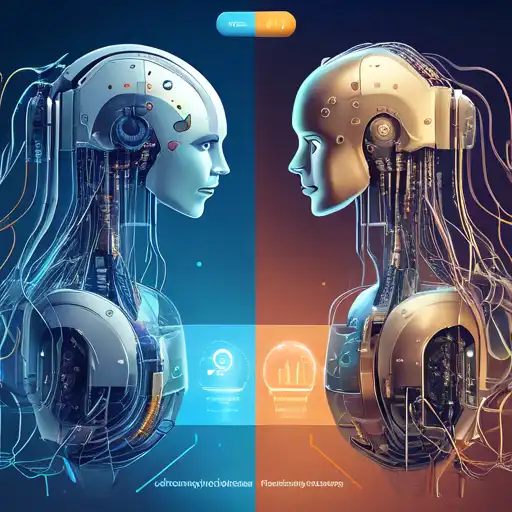Introduction to Machine Learning and Deep Learning
In the rapidly evolving field of artificial intelligence (AI), Machine Learning (ML) and Deep Learning (DL) stand out as two of the most significant and talked-about technologies. While they are often used interchangeably, they are not the same. This article delves into the key differences between ML and DL, helping you understand which technology might be best suited for your projects.
What is Machine Learning?
Machine Learning is a subset of AI that enables systems to learn from data, identify patterns, and make decisions with minimal human intervention. ML algorithms are trained using large sets of data, and they improve their accuracy over time without being explicitly programmed to do so.
Types of Machine Learning
- Supervised Learning: The algorithm learns from labeled data.
- Unsupervised Learning: The algorithm finds patterns in unlabeled data.
- Reinforcement Learning: The algorithm learns through trial and error to achieve a clear objective.
What is Deep Learning?
Deep Learning, a subset of ML, uses neural networks with many layers (hence 'deep') to analyze various factors of data. DL models are capable of learning unsupervised from data that is unstructured or unlabeled. This makes DL incredibly powerful for tasks like image and speech recognition.
Key Components of Deep Learning
- Neural Networks: Mimic the human brain's structure and function.
- Backpropagation: A method used to improve the accuracy of predictions.
- Convolutional Neural Networks (CNNs): Particularly effective for image processing tasks.
Machine Learning vs. Deep Learning: The Key Differences
While both ML and DL are used to make sense of data, their approaches and applications differ significantly. Here are some of the key differences:
- Data Dependency: DL requires large amounts of data to perform well, whereas ML can work with smaller datasets.
- Hardware Requirements: DL models need powerful GPUs for processing, unlike ML models that can run on lower-end machines.
- Feature Extraction: ML requires manual feature extraction, while DL automates this process.
- Interpretability: ML models are easier to interpret than DL models, which are often seen as black boxes.
Choosing Between Machine Learning and Deep Learning
Deciding whether to use ML or DL depends on several factors, including the size of your dataset, the complexity of the problem, and the computational resources available. For simpler tasks with limited data, ML might be the way to go. However, for complex problems like natural language processing or computer vision, DL could offer better performance.
Conclusion
Understanding the differences between Machine Learning and Deep Learning is crucial for anyone looking to leverage AI technologies. While ML offers simplicity and efficiency for smaller-scale problems, DL provides the power and flexibility needed for more complex tasks. By considering your project's specific needs, you can choose the most appropriate technology to achieve your goals.
For more insights into AI technologies, check out our articles on Artificial Intelligence and Data Science.
